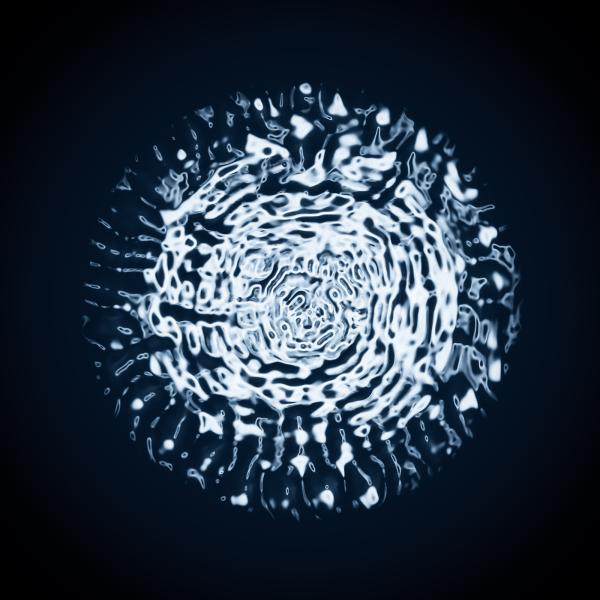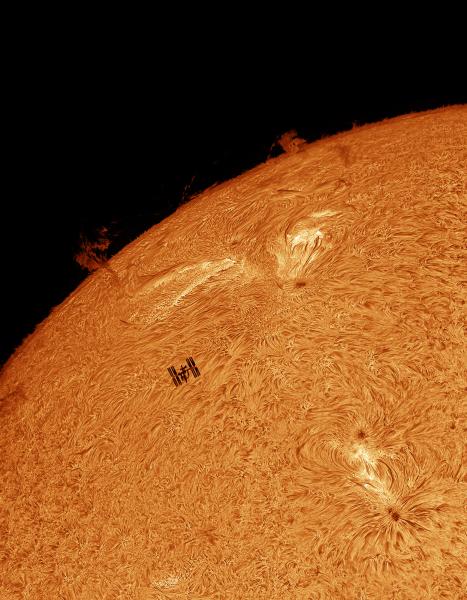
Astronomy Photographer of the Year showcases the world's best space photography, from spectacular skyscapes to mind-blowing images of distant planets and galaxies.
Every year, photographers from across the globe compete to be part of the final exhibition and take home the prestigious title.
Entries to Astronomy Photographer of the Year 17 are now closed. To find out who has been shortlisted and get more astronomy news and updates from Royal Museums Greenwich, sign up to our space newsletter.
Competition details
The 2025 competition
Competition opening date: 6 January 2025
Competition closing date: 12pm GMT (midday) 3 March 2025
Photographers of all skill levels are invited to submit up to 10 images to the competition.
There are separate photography prizes open to adults, young photographers and astrophotography newcomers. A full list of competition categories is below.
All entrants have a chance of winning cash prizes, seeing their image displayed in an exhibition at the National Maritime Museum and a year’s subscription to BBC Sky at Night Magazine.
Explore spectacular winning images from previous competitions and our latest exhibition at the National Maritime Museum to see examples of award-winning astrophotography images.
Submitting images
All images can be submitted online via the dedicated competition website.
The Adult competition is open to anyone aged 16 and over, and the Young competition is open to anyone aged 15 and under.
You may submit a total of 10 images to be considered.
There will be a £10 fee per entrant for the Adult Competition. Entry to the Young Competition and special prizes is free.
The overall winner's prize across all Adult categories is £10,000. Open the Prizes dropdown for full details about the prizes on offer.
Rules and categories
The full competition rules are available here. If you have any questions, please email astrophotocomp@rmg.co.uk.
Adult competition categories
Open to entrants aged 16 or over
- Aurorae: Photographs featuring the northern and southern lights (Aurora Borealis and Aurora Australis)
- Galaxies: Photographs of deep-space objects beyond the Milky Way galaxy, including galaxies, galaxy clusters and stellar associations
- Our Moon: Photographs of the Moon, including lunar eclipses and the occultation of stars and planets. Images of the Moon alongside earthly scenery may also be entered into this category, or into Skyscapes
- Our Sun: Photographs of the Sun, including solar eclipses and transits. Images of the Sun alongside earthly scenery may also be entered into this category, or into Skyscapes
- People and Space: Photographs of the night sky that include people or elements that show the presence or influence of human beings
- Planets, Comets and Asteroids: Photographs of objects in our solar system, including planets and their satellites, comets, asteroids and other forms of zodiacal debris. Images of the Moon, Sun and Earth should not be entered into this category
- Skyscapes: Photographs of landscapes, seascapes and cityscapes in which the night sky or twilight sky is a prominent feature. Star trails and images of noctilucent and nacreous clouds, halos, meteors and other upper atmospheric phenomena may also be entered into this category
- Stars and Nebulae: Photographs of deep-space objects in the Milky Way galaxy, including stars, star clusters, supernova remnants, nebulae and other astro-photographic targets within the Milky Way galaxy.
Young competition
Open to entrants aged 15 or under
There are no separate categories in the Young competition. The Young competition will have one winner, one runner-up and three highly commended awards.
Special prizes
- The Sir Patrick Moore Prize for Best Newcomer: For newcomers who have only been practising astronomy photography since January 2024, are aged 16 or over, and have not entered the competition before. Any astronomical subject may be depicted.
- The Annie Maunder Open Category: Rewards innovative approaches to astronomy art. Find more information about this category here.
Prizes
Overall winner
The overall winner is chosen from amongst all the Adult competition category winners. This winner receives £10,000 and the title of Astronomy Photographer of the Year.
Adult competition
There are eight different categories for adult photographers to enter. The judges will select a winner, runner-up and one highly commended entry from each category. These will receive the following prize money:
- Winner: £1,500
- Runner-up: £500
- Highly commended: £250
Young competition
The judges will select a winner, runner-up and three highly commended images in the Young Competition.
- Young Winner: £1,500
- Young Runner-up: £500
- Young Highly Commended: £250
Special Prizes
The judges will also award two Special Prizes: the Sir Patrick Moore Prize for Best Newcomer and the Annie Maunder Open Category. Both winners will receive £750.
Additional information
All winners will also receive one year’s subscription to BBC Sky at Night Magazine.
Keep in touch
Sign up to our space newsletter to receive updates about the competition as well as news from the Royal Observatory Greenwich.
For questions about the rules or entering the competition, email astrophotocomp@rmg.co.uk. Winners and shortlisted entrants will also be contacted via this address.
See last year's winners
See the winning images from Astronomy Photographer of the Year 16
Our partners

Main image: The Enigma of The North © Josh Dury, Astronomy Photographer of the Year 2023














